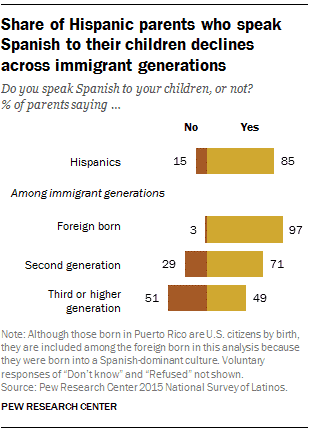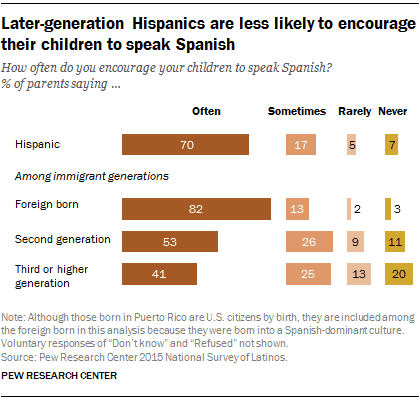 Aimee Viana has been appointed to the position of executive director of the White House Initiative on Educational Excellence for Hispanics (the Initiative).
Aimee Viana has been appointed to the position of executive director of the White House Initiative on Educational Excellence for Hispanics (the Initiative).
According to a statement, :”Viana will work closely with the Hispanic community and the President’s Advisory Commission on Educational Excellence for Hispanics. She will align the work of the Initiative with the Department’s goal of rethinking education while expanding opportunities and improving educational outcomes for Latinos of all ages. Viana will also undertake the coordination of the Federal Interagency Working Group on Educational Excellence for Hispanics, partnering with other federal agencies to focus on the educational system and challenges facing the Hispanic community.”
Prior to her appointment, Viana was the senior executive director of the Secretariat for Lay Formation, Marriage, and Family Life for the Catholic Diocese of Raleigh, North Carolina, serving a population of nearly 500,000 individuals in over 32,000 square miles in that state. In this capacity, she implemented, led, and managed a new organizational structure and facilitated, in both English and Spanish, a leadership team focused on community support for children and families, youths and young adults, married life, and adult formation. In these efforts, Viana also administered the Hispanic ministry, African ancestry ministry, and Native-American ministry, among others. During this time, Viana focused on improving her team’s cross-functional performance, alignment, and accountability to its diverse constituents. She also collaborated to develop, initiate, and host the weekly Spanish-language internet news brief “Desde Raleigh a Roma” to further engage stakeholders through effective social media communications.
Previously, Viana undertook various roles in education. She served as a school principal and assistant principal, including at a U.S. Department of Education Blue Ribbon School of Excellence. Viana was honored as a top middle school principal in Western Wake County (North Carolina) by Cary Magazine in 2016. She was also recognized by Latino American Who’s Who in 2012 for her achievement in advancing the culture of the Latino-American community.
As a former elementary and middle school teacher, Viana fostered individual student development and support of families. She began her teaching career in Miami-Dade County Public Schools (Florida), serving a large percentage of Hispanic students, and went on to teach Spanish to middle school students in North Carolina.
A daughter of Cuban immigrants, Viana holds a Bachelor of Science degree in elementary education, with endorsement to teach English as a second language, and a Master of Science degree in early childhood education—both from Florida International University in Miami, Florida. She went on to complete the School Leaders Program at Florida Atlantic University, acquiring certification in educational leadership with specialization in K–12 school-site supervision. Viana holds teaching certificates in pre-K through elementary education, K–12 English as a second language, Spanish K–12 education, and school administration. Viana lives in northern Virginia with her husband, José, who is assistant deputy secretary and director of the Office of English Language Acquisition (OELA), and their three children.



 In northern Sudan, archaeologists have uncovered a trove of new artifacts at the necropolis of Sedeinga, an ancient Nubian city. Tablets, lintels, and steles covered in the mysterious script of one of the oldest known written languages will hopefully provide more insight into this ancient culture.
In northern Sudan, archaeologists have uncovered a trove of new artifacts at the necropolis of Sedeinga, an ancient Nubian city. Tablets, lintels, and steles covered in the mysterious script of one of the oldest known written languages will hopefully provide more insight into this ancient culture.
 New research has found a groundbreaking link between Australian Indigenous languages, demonstrating for the first time that they all descend from one common ancestor.
New research has found a groundbreaking link between Australian Indigenous languages, demonstrating for the first time that they all descend from one common ancestor. The United Nations celebrated its ninth Chinese Language Day last month at its offices worldwide.
The United Nations celebrated its ninth Chinese Language Day last month at its offices worldwide.
 According to a National Bureau of Economic Research working paper, the Deferred Action for Childhood Arrivals (DACA) program has had a “significant impact” on the educational outcomes of undocumented immigrant youth, including a 15% increase in high school graduation rates, an extra 49,000 Hispanics obtaining a high school diploma, a 45% drop in teenage motherhood, and a 25% increase in college enrollment among Hispanic women.
According to a National Bureau of Economic Research working paper, the Deferred Action for Childhood Arrivals (DACA) program has had a “significant impact” on the educational outcomes of undocumented immigrant youth, including a 15% increase in high school graduation rates, an extra 49,000 Hispanics obtaining a high school diploma, a 45% drop in teenage motherhood, and a 25% increase in college enrollment among Hispanic women.
 Today is a big day, with three coinciding celebrations all at once. World Book Day is a celebration of authors, books, and most importantly, reading. According to their website, it is “the biggest celebration of its kind, designated by UNESCO as a worldwide celebration of books and reading, and marked in over 100 countries all over the world.” There are many events happening in honor of the day, including a two-day readathon of Don Quixote.
Today is a big day, with three coinciding celebrations all at once. World Book Day is a celebration of authors, books, and most importantly, reading. According to their website, it is “the biggest celebration of its kind, designated by UNESCO as a worldwide celebration of books and reading, and marked in over 100 countries all over the world.” There are many events happening in honor of the day, including a two-day readathon of Don Quixote. hildren speak Spanish as they become second- and third-generation, according to a new Pew Research Center analysis.
hildren speak Spanish as they become second- and third-generation, according to a new Pew Research Center analysis.
 Researchers at London’s Institute of Education have found that children who are avid readers reap the rewards well into adulthood. The participants of the study who were avid readers as children scored significantly higher on vocabulary tests as adults.
Researchers at London’s Institute of Education have found that children who are avid readers reap the rewards well into adulthood. The participants of the study who were avid readers as children scored significantly higher on vocabulary tests as adults. Last month, the Latvian Parliament (Saeima) passed amendments to its education laws according to which ethnic-minority schools will have to transition to Latvian-only secondary education in the 2019/2020 academic year. In passing the amendments, lawmakers rejected a petition calling for the preservation of bilingual education signed by over 10,000 Latvian citizens.
Last month, the Latvian Parliament (Saeima) passed amendments to its education laws according to which ethnic-minority schools will have to transition to Latvian-only secondary education in the 2019/2020 academic year. In passing the amendments, lawmakers rejected a petition calling for the preservation of bilingual education signed by over 10,000 Latvian citizens.